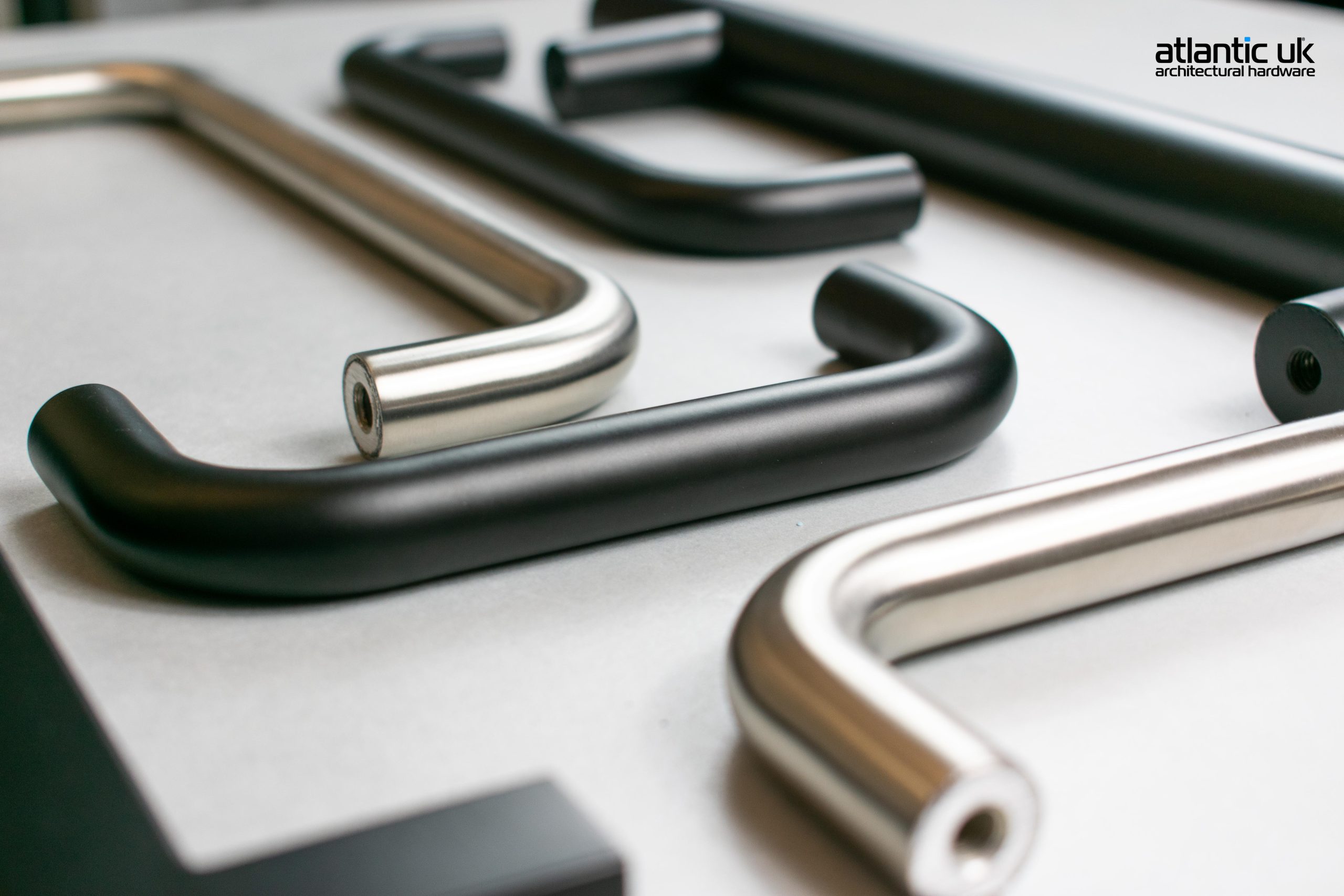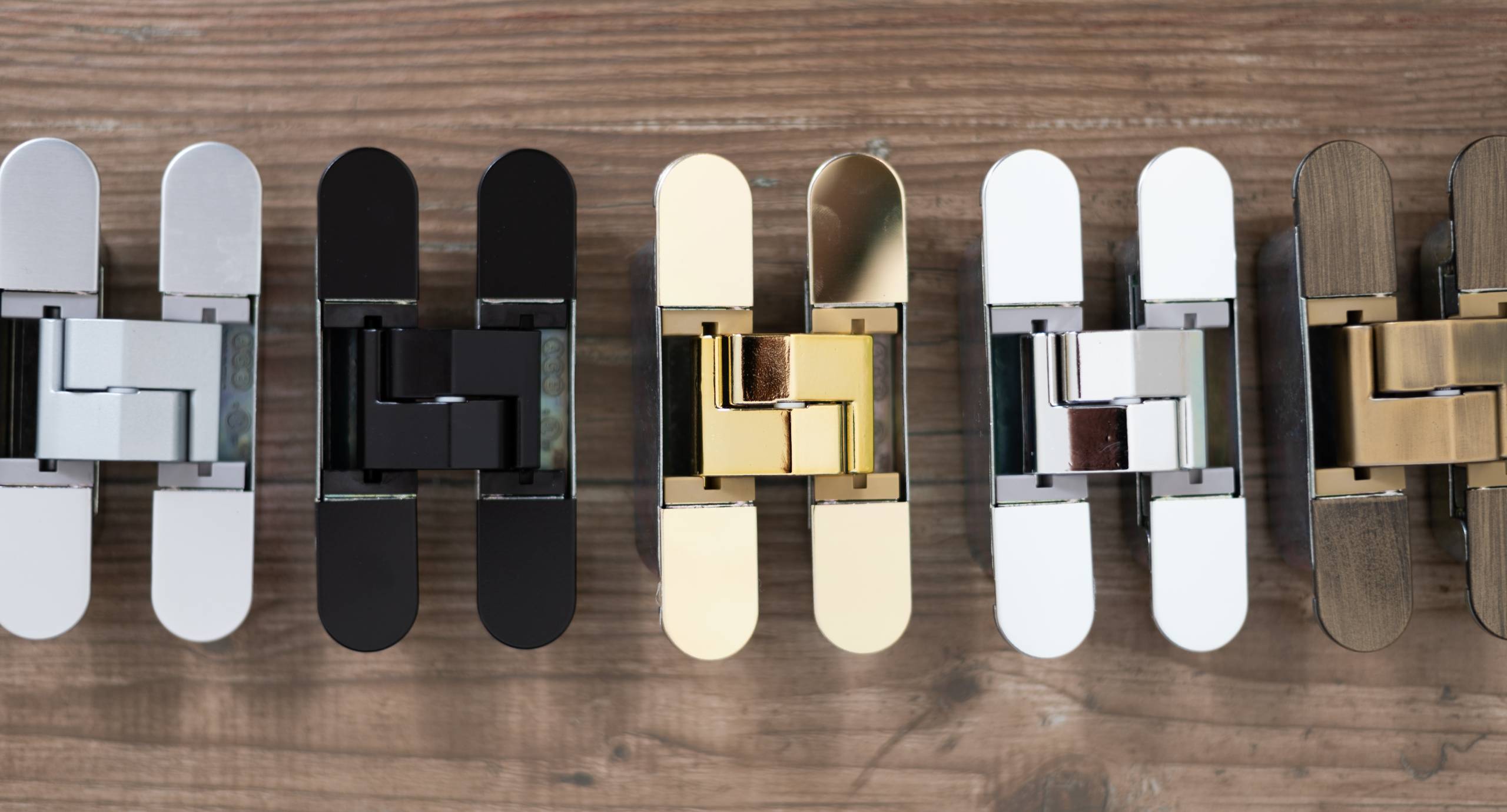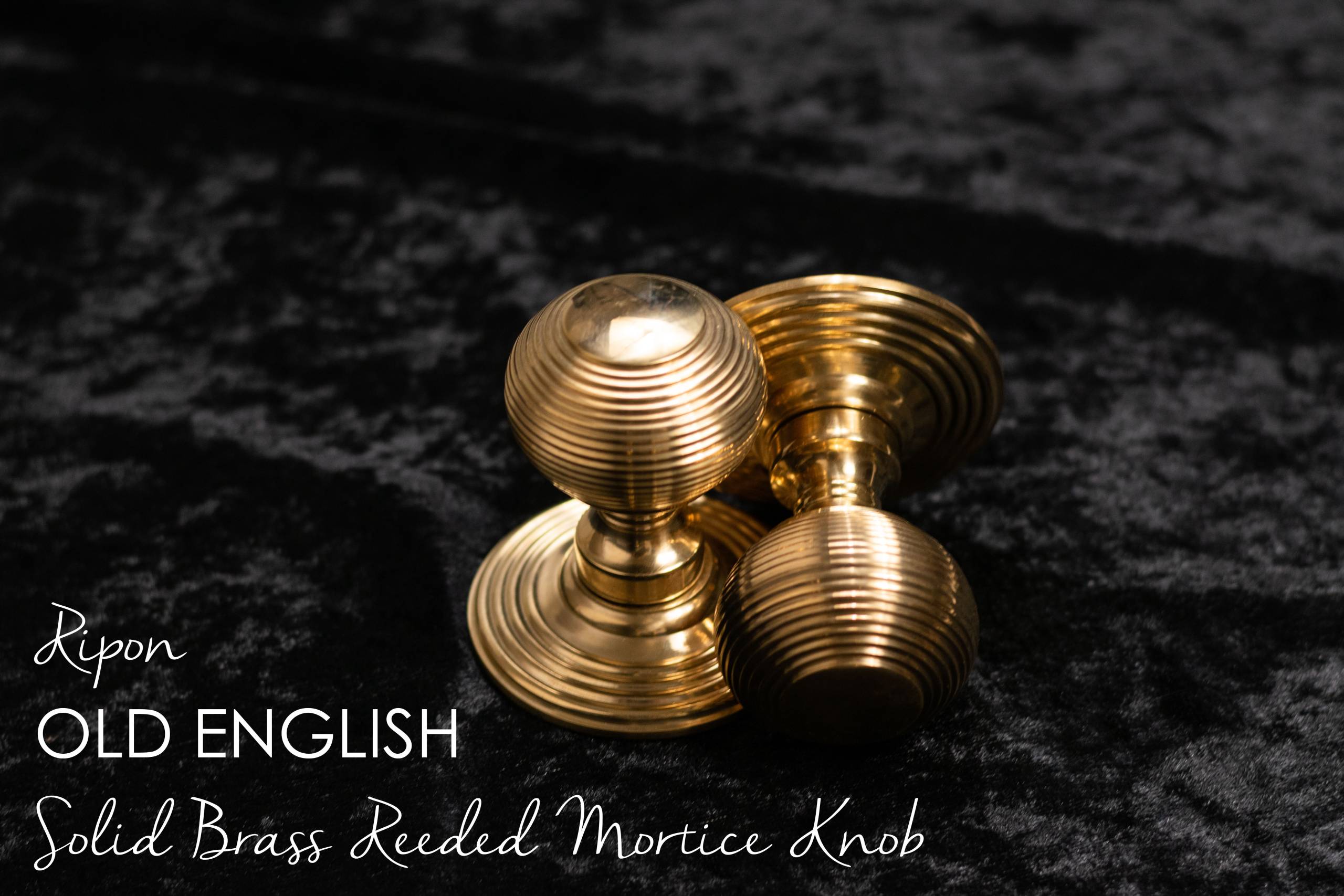How do I choose my ironmongery?
We believe the finish matters, and this factor makes the biggest difference to the final atmosphere created by the ironmongery within an interior. Therefore we recommend, you choose the finish of your ironmongery before going on to consider the style you require and then concluding with the functionality aspects.
Why not browse the finish inspiration on pages 8 to 11 to help you make a decision? Looking at real homes often helps – take a look at the case study pages 154 to 159. Within each finish range there are multiple options of modern, flush, minimal, contemporary and traditional ironmongery styles – something for every required taste. Each period of house, from Victorian and Georgian to new build and contemporary homes, has a very particularly feel to the building and environment. When deciding to replace door furniture it is important to consider this factor. Certain finishes will also lend themselves more than others to different periods of homes, for example Satin Brass within a minimal, classy and modern home, and Antique Brass in a characterful traditional home.
Perhaps one of the most basic items to choose are your hinges, however, these still matter! The type of hinges you choose will depend upon a number of factors…
– Style of the door
– The door frame
– The weight of the door
Typically, panelled doors would be fitted with butt hinges. A butt hinge is designed to be cut into the frame and the door so that is largely hidden from view when the door is closed. Thought should be given to the weight of the door in question as heavier doors may require additional hinges or a larger size hinge.
Fire doors will require a fire tested hinge. There are several finish focused options of pages 136-137. The size and number of hinges is determined by the size of the door. For a normal size and weight door we would recommend 3no. X 3″ hinges. If you have a fire door you should use 3no. X 4″ Hinges. You should also use 4″ hinges if your existing doors have 4″ hinges to keep the same character within the door set.
You will need to consider the purpose of the door and whether it needs a locking mechanism. Generally, but not always, internal doors are not locked so a standard latch(non-locking) or latch and turn and release (commonly used on bathroom doors) would be sufficient. A standard latch is simple to use and only requires the door handle to be pushed down for the door to open. The size of the latch required is determined by how far into the door you would like the door handle to sit. If an internal door does need a locking facility, a standard 3 lever lock would be an option to consider. If a fire door is used, fire tested latches and locks must be fitted.
Consideration will need to be given to whether a door knob or lever handle is preferred for opening and closing the door. Levers are available in square or round rose or on backplate. Square rose is a very popular option in modern style interiors, while round rose is a contemporary or classic alternative. Levers on backplate are often regarded as a more traditional option.






